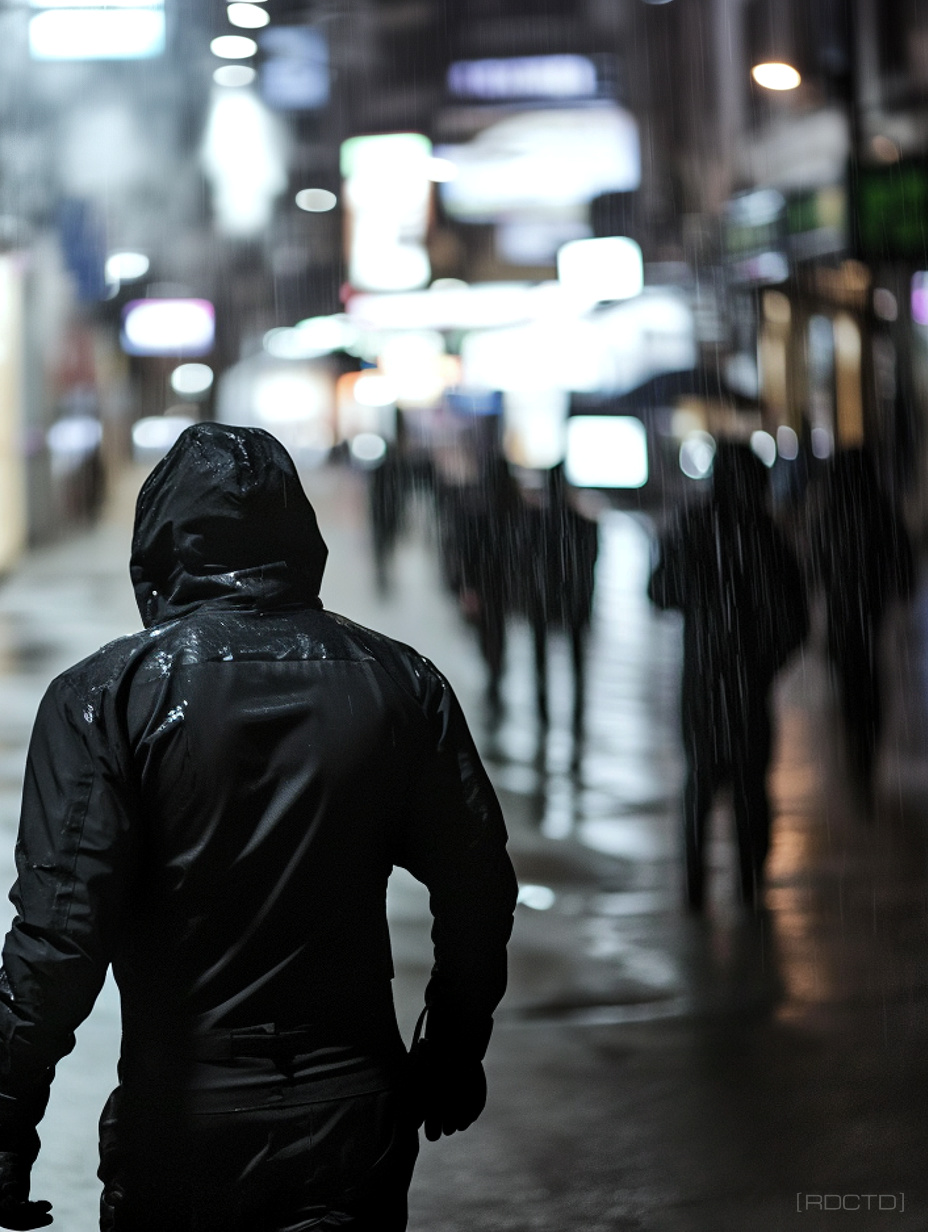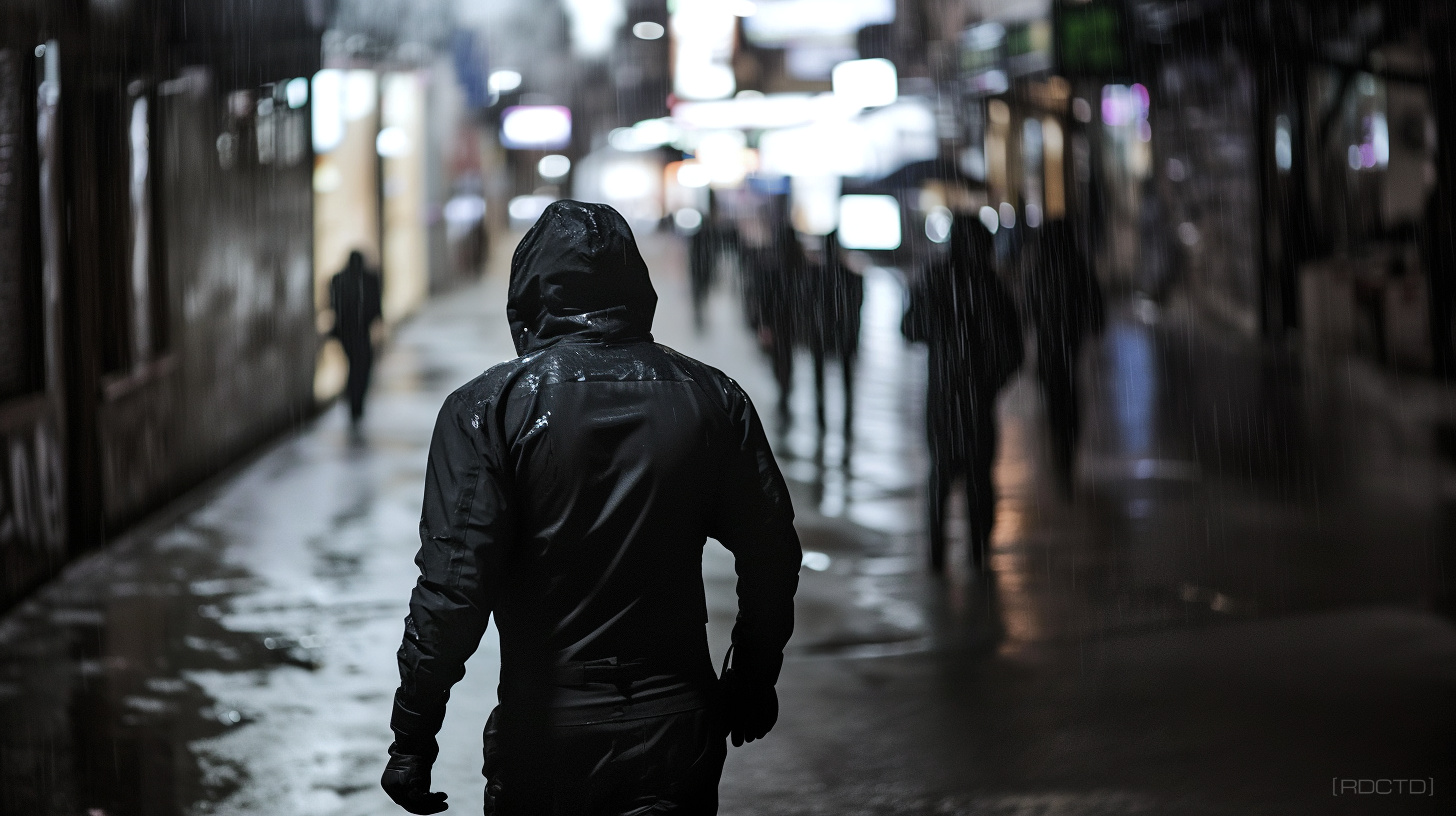 The tradecraft guide to Active Street Assessment; an urban method of baseline detection, movement tracking, environmental scanning, and human behavior profiling – while maintaining a covert posture.
The tradecraft guide to Active Street Assessment; an urban method of baseline detection, movement tracking, environmental scanning, and human behavior profiling – while maintaining a covert posture.
![]()
// The untrained think safety is a place. The trained know it’s a process, recalculated at every step.
[INTEL : Reading a Room in 3 Seconds]
[INTEL : Power Dynamics of The Streets]
[OPTICS : Berlin, Germany]
[INTEL : Power Dynamics of The Streets]
[OPTICS : Berlin, Germany]
![[RDCTD]](https://rdctd.pro/wp-content/uploads/RDCTD-Covert-Operative-Tradecraft-Guide-LOGO-tk.png)
![[RDCTD]](https://rdctd.pro/wp-content/uploads/RDCTD-Covert-Operative-Tradecraft-Guide-LOGO-mobile.png)

